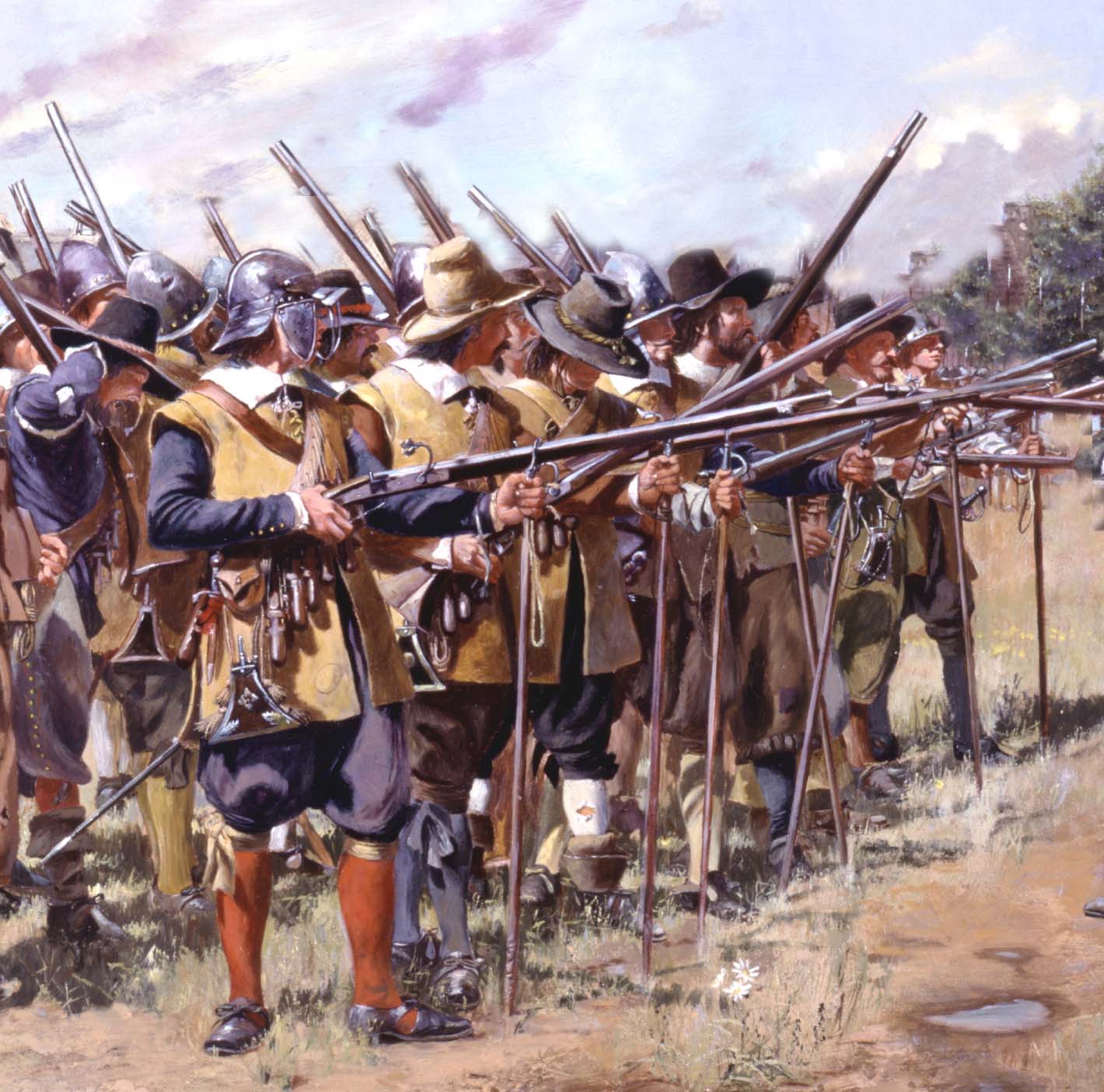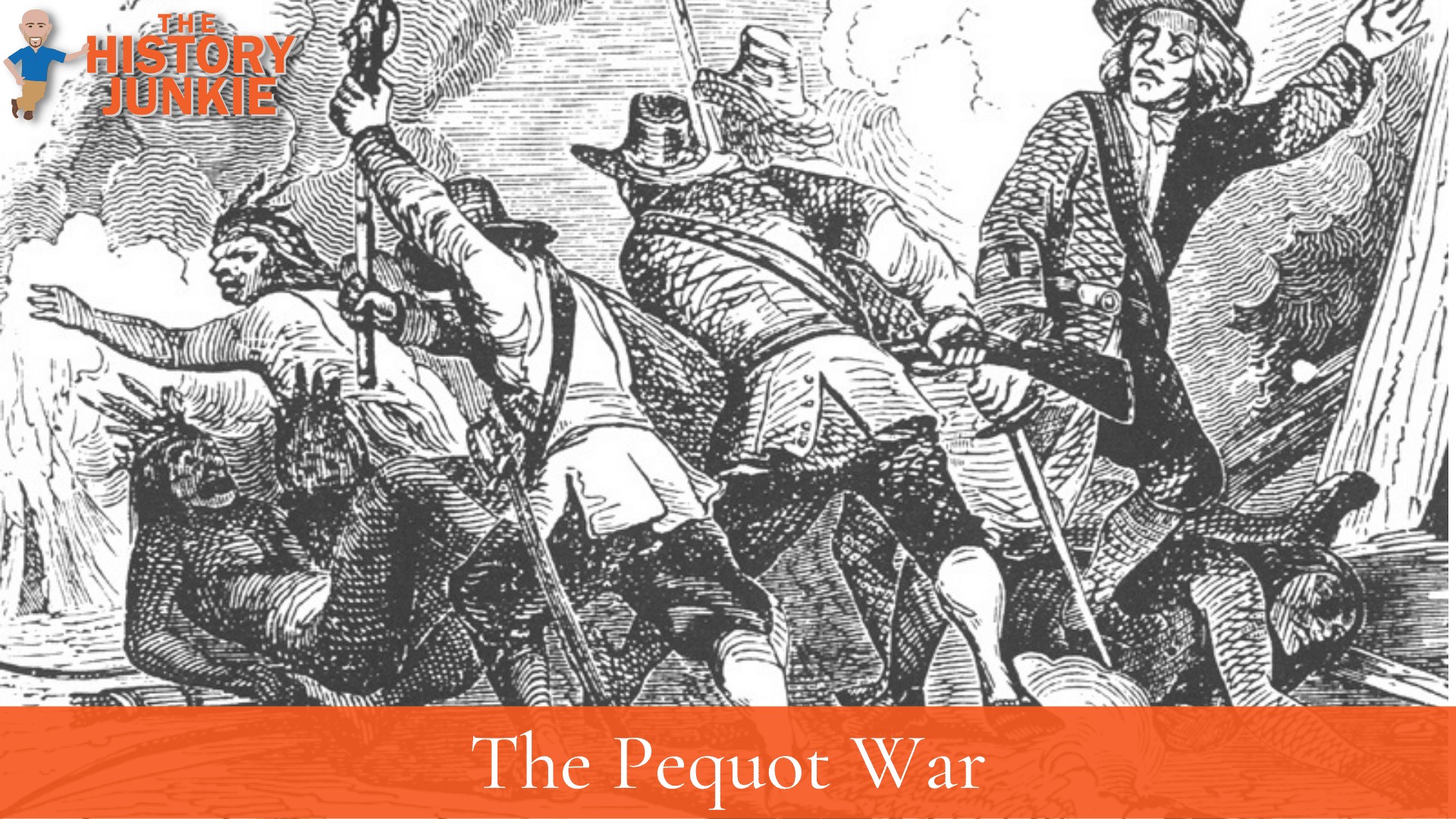
The Shadowed Foundations: The Pequot War as America’s Uncomfortable Legend
America, a nation forged in revolution and built on the relentless pursuit of new horizons, is rich with legends. From the stoic heroism of George Washington to the rugged individualism of the Wild West, from the mythical figures of Paul Bunyan and John Henry to the whispered tales of Salem witches, these narratives form the vibrant tapestry of its identity. They are stories of courage, innovation, and an unwavering spirit of exploration. Yet, beneath the gleaming surface of these cherished myths lies a darker, more complex stratum of legends – foundational tales of conquest, dispossession, and the brutal collision of cultures. Among these, few are as pivotal, and as uncomfortably resonant, as the Pequot War of 1636-1638.
Often relegated to a mere footnote in the grand narrative of colonial settlement, the Pequot War is not merely a historical event; it is a profound American legend, shaping the very ground upon which the nation would eventually stand. It’s a legend of manifest destiny before the term was coined, a brutal blueprint for future Indian wars, and a stark testament to the lengths early European settlers would go to secure their dominance in a "New World" that was, in fact, an ancient one. For the Pequot people, it is a legend of survival, resilience, and the enduring power of a name.
The Genesis of Conflict: A Powerful People in a Contested Land

Before the arrival of the English, the Pequot were arguably the most powerful and feared Native American nation in Southern New England. Their territory spanned southeastern Connecticut, commanding vital trade routes and holding sway over surrounding tribes like the Mohegan and Narragansett, often through tribute and military might. They were skilled hunters, farmers, and expert traders, their economy bolstered by wampum, shell beads that served as currency and ceremonial items, which they manufactured and controlled. Their strength was not just in numbers, but in their sophisticated political structure and strategic alliances.
The arrival of Dutch and English traders in the early 17th century introduced new goods – iron tools, cloth, and firearms – but also new diseases, which decimated Native populations, and an insatiable hunger for land. Initial interactions were a mix of cautious trade and growing tension. The English, driven by a religious fervor and a belief in their divine right to the land, viewed the indigenous inhabitants as either potential converts or obstacles to their divinely ordained mission. This ideological chasm, coupled with economic competition and a fundamental misunderstanding of land ownership – European concepts of exclusive private property clashed with Native ideas of communal use and stewardship – laid the groundwork for inevitable conflict.
The legend begins to curdle with a series of escalating provocations. In 1634, a rogue English trader named John Stone and his crew were killed by Western Niantic (a tributary to the Pequots) in retribution for kidnapping and earlier killings. While the Pequots were not directly responsible, the English held them accountable, demanding reparations. Later, in 1636, another trader, John Oldham, was killed by Manisses Indians on Block Island, an event also laid at the Pequots’ feet by the English, despite the Pequots’ plausible claims of non-involvement. These incidents, whether justified or not, provided the English colonists of Massachusetts Bay and Plymouth with the pretext they needed. For the colonists, these were acts of savage aggression requiring swift and decisive retribution; for the Pequots, they were perhaps isolated incidents, or even justifiable responses to English trespass and violence, viewed through a prism of mounting colonial encroachment.
The Escalation: Colonial Retribution and a War of Annihilation
The English response was swift and brutal. In August 1636, a Massachusetts Bay expedition led by John Endecott launched a punitive raid on Block Island, burning villages and crops. From there, they sailed to a Pequot village on the Thames River, demanding the murderers of Oldham and Stone and a thousand fathoms of wampum. When the Pequots refused, Endecott’s men burned their village and crops, destroying their vital winter provisions. This act was not just a raid; it was a declaration of war, shattering any pretense of peaceful coexistence.
The Pequots, under their sachem Sassacus, retaliated with raids on English settlements, most notably at Wethersfield, Connecticut, where they killed several colonists and captured two girls. These attacks galvanized the nascent Connecticut Colony, which had ambitious plans for expansion and viewed the powerful Pequots as a primary impediment. The colonists, comprised of men from Hartford, Wethersfield, and Windsor, sought alliances with the Pequots’ traditional rivals, the Mohegan, led by Uncas, and the Narragansett, led by Miantonomo. This alliance was a shrewd strategic move, pitting Native against Native and deepening the internal divisions that would weaken indigenous resistance for centuries to come. The legendary "divide and conquer" tactic was being perfected on American soil.
The Mystic Massacre: A Defining Act of American Violence
The war reached its horrifying climax on May 26, 1637, with the Mystic Massacre. Captain John Mason, leading a force of 90 English soldiers and approximately 200 Mohegan and Narragansett warriors, launched a dawn attack on a fortified Pequot village near the Mystic River. The village, inhabited primarily by women, children, and elderly men, was not a war encampment but a residential community.

Mason’s account, a chilling primary source that forms a core part of this legend, describes the methodical slaughter. Unable to breach the palisade walls quickly and facing fierce resistance from the few Pequot warriors present, Mason famously declared, "We must burn them!" His men set fire to the wigwams, trapping hundreds inside. As the Pequots tried to escape the inferno, they were shot down by the English and their allies. Mason wrote with a chilling lack of remorse, describing the scene as "fearful sight to see them frying in the fire, and the streams of blood quenching the same, and horrible was the stink and scent thereof." He concluded, "Thus was God pleased to smite our enemies."
Historian Alfred A. Cave notes that the English deliberately targeted non-combatants: "The intention was not merely to defeat the Pequots, but to exterminate them as a political entity and to seize their lands." Estimates suggest that between 400 and 700 Pequot men, women, and children were killed in less than an hour. The Mohegan and Narragansett allies, horrified by the English brutality, reportedly recoiled from the slaughter. The Mystic Massacre was not just a battle; it was an act of calculated terror, a clear message to all indigenous peoples about the merciless resolve of the English. It quickly became a legend of divine providence for the colonists, a sign that God favored their expansion, while for the Pequots, it was a legend of unimaginable horror and loss.
The Aftermath: The Dissolution of a Nation and a Precedent Set
The Mystic Massacre broke the back of Pequot resistance. Sassacus and his remaining warriors fled westward, pursued by colonial forces and their Native allies. Many were hunted down and killed, others captured and sold into slavery in the West Indies or distributed among the allied tribes as servants. Sassacus himself was eventually killed by the Mohawk, who sent his scalp to the English as a gesture of alliance.
The war officially concluded with the Treaty of Hartford in September 1638. This document was less a treaty between sovereign nations and more an instrument of conquest. It formally dissolved the Pequot nation, outlawing the very name "Pequot" and dividing the surviving members among the Mohegan and Narragansett, forbidding them from ever again forming their own communities or speaking their language. Their lands were seized by the English. The legend of the powerful Pequot nation was, by colonial design, to be erased from history.
The Pequot War established a brutal precedent for future Anglo-Native relations. It demonstrated that English military superiority, combined with the strategic exploitation of inter-tribal rivalries, could lead to the complete annihilation of a Native nation. It solidified the English belief in their right to conquer and occupy the land, regardless of its indigenous inhabitants. It was a foundational act of violence that paved the way for westward expansion, shaping the legend of the "vanishing Indian" and the inevitability of colonial dominance.
Reclaiming the Narrative: The Enduring Legend of Pequot Resilience
For centuries, the Pequot War remained a largely forgotten or deliberately downplayed chapter in American history, its legend overshadowed by more palatable tales of pioneer bravery and national progress. However, the story of the Pequot people did not end in 1638. Despite the efforts to erase them, Pequot individuals and families endured, preserving their identity in secret, intermarrying, and slowly, painstakingly, rebuilding their communities.
In the late 20th century, a remarkable resurgence began. The Mashantucket Pequot Tribal Nation, descended from a small group who maintained a reservation in Connecticut, fought tirelessly for federal recognition, finally achieving it in 1983. Their economic development, epitomized by the success of Foxwoods Resort Casino, became a powerful new legend of Native American self-determination and economic sovereignty. Similarly, the Eastern Pequot Tribal Nation also achieved federal recognition, though their status has been subject to ongoing legal battles.
The modern Pequot story is a testament to the enduring power of a people to reclaim their narrative, to resurrect their culture, and to assert their presence against overwhelming historical forces. The legend of the Pequot War, once a chilling tale of colonial triumph and indigenous destruction, has evolved. It is now also a legend of survival, of a people who refused to vanish, who remembered their name, and who, against all odds, continue to thrive.
Understanding the Pequot War is essential to understanding the complex, often contradictory, legends of America. It reminds us that national identity is not solely built on heroic myths, but also on the uncomfortable truths of its origins. By confronting this shadowed legend, we gain a more complete, more honest, and ultimately, more profound appreciation of the land we inhabit and the diverse peoples who have shaped its extraordinary, and sometimes tragic, history. The whisper of the Mystic River still carries the echoes of a past that defines the present, urging us to listen to all the legends, especially those that challenge our most comfortable assumptions.


